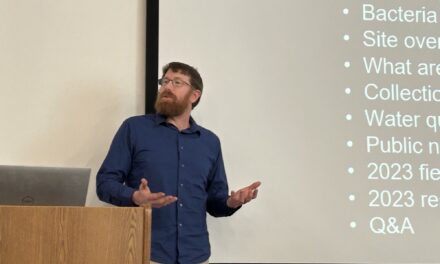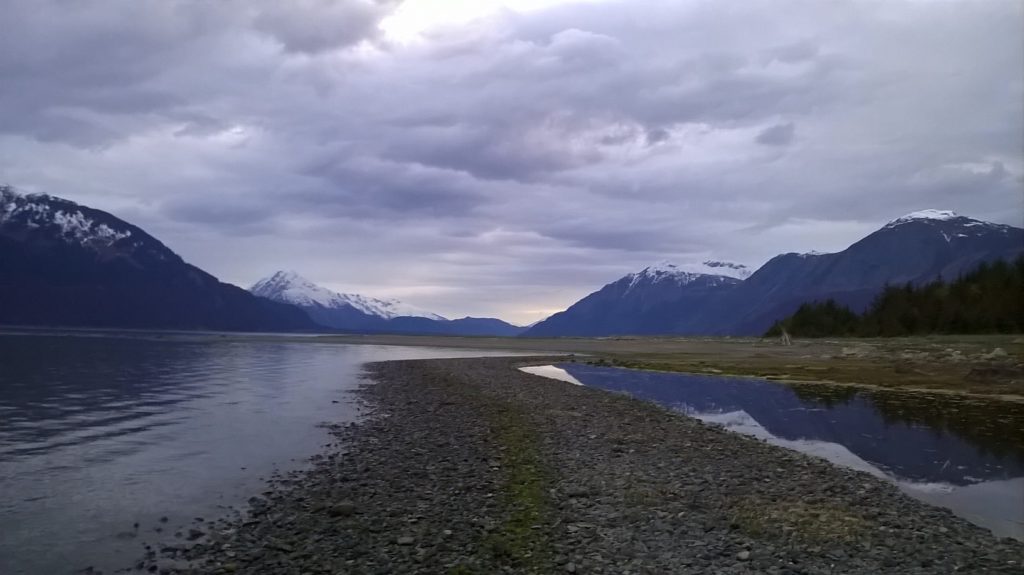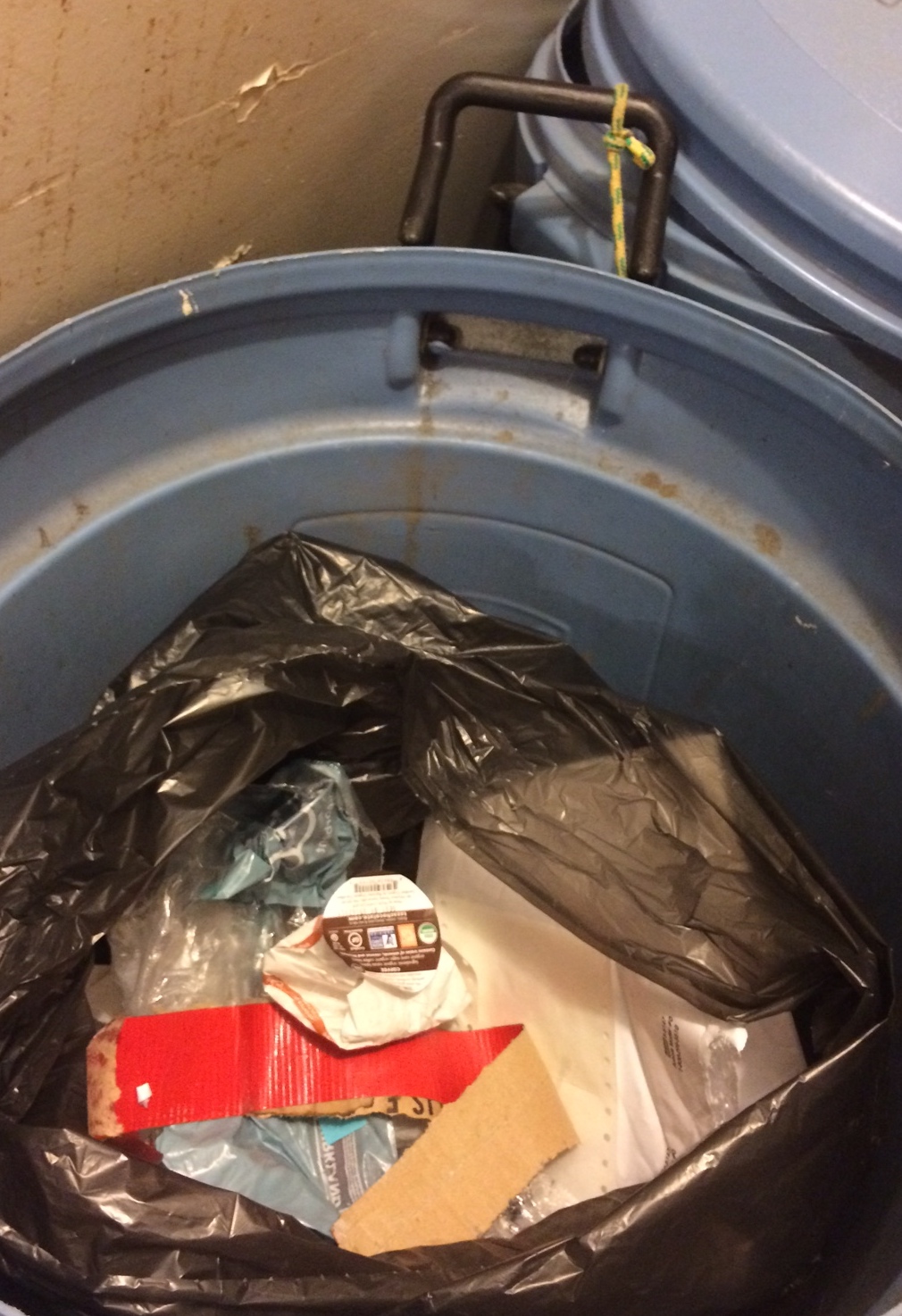An administrative court ruled to uphold a wastewater disposal permit at the Palmer Project, but with some modifications. The Alaska Department of Environmental Conservation will have to change the way it sets limits on pollutant levels. This could delay some operations at the proposed mine site.
A coalition of tribal and environmental groups has challenged a wastewater treatment permit issued to Constantine. Shannon Donahue works for Rivers Without Borders, one of the groups that appealed the permit.
Donahue: “We first challenged this permit in the summer of 2019. It was really in limbo for a really long time until last year. It’s been a really long road.”
Constantine is planning on digging a mile long tunnel to test the substrate in the area the company intends to mine. This would create a certain amount of wastewater and state regulations require that this wastewater be treated. Constantine submitted its wastewater treatment plan some years ago to the Alaska Department of Environmental Conservation.
The plan consists in running the wastewater through perforated pipes, not unlike a large french drain. The company claims the soil will naturally filter out pollutants, and by the time the water reaches glacier creek at the bottom of the valley, it will be indistinguishable from natural surface water. Constantine is to monitor the water in the creek, and will intervene if certain pollutants reach critical levels, called trigger limits.
Environmentalists have found the plan lacking. In an appeal to an administrative court, the lawyer for a coalition of tribal and environmental groups argued that the permit should not have been issued. The argument was fourfold. They claimed the wastewater would likely find its way to the nearby fish bearing river. They claimed that there is no adequate data on what the natural contaminant levels are in glacier creek throughout the year. They claimed the permit didn’t consider how the treatment system would function in the winter, with frozen ground and avalanches. And they claimed the state didn’t follow its own water quality standards, establishing instead arbitrary trigger limits for pollutants.
DEC commissioner Jason Brune conceded on that last point after he heard the appeal earlier this summer. In a recent decision, he upheld the permit but ruled that the state would have to gather more data to determine what the natural level of pollutants is in the creek.
Donahue: “The state acknowledged that it violated its own rules in terms of implementing the state water quality standards.”
To establish the trigger limits, the DEC’s division of water looked at the peak levels of pollutants, which happen predictably during summer runoff season. The division then based the year round trigger limits on those peak levels.
Gene McCabe is the head of the water division at DEC. He defended the division’s approach at the time of the appeal,when asked whether it would be more appropriate to consider the yearly fluctuations of particulates in the creek.
Mc Cabe: “Sure there are many folks who offer alternative ways of evaluating something, which they feel is better, or they feel is more accurate. And they may well be. But the issue here during appeal is whether or not the division met its statutory and regulatory requirements.”
Olivia Glasscock is an attorney for Earth Justice, the environmental law firm representing the coalition of tribal and environmental groups. She says the ruling has consequences for Constantine’s operations at the Palmer Project.
Glasscock: “DEC will have to undertake analysis pursuant to that guidance about natural conditions based water quality standards, and provide opportunity for the public to participate in that process before they are able to operate under the permit.”
Glasscock says that although the ruling addressed the issue of trigger limits, it upheld the permit and denied the other points underlying the appeal. She says the appellants are now considering their options.
Glasscock: “The next steps on that could be appeal to state superior court.”
Jones P Hotch Jr is the vice president of the Chilkat Indian Village, one of the appellants.
When asked about the arguments, regulations and statutory requirements, he focuses on the long term outlook.
Hotch Jr: “We have always been comfortable and confident in passing on our traditional ways. And the reality of what’s happening is our children’s generation or our grandchildren’s generation, they could be the last ones that could put up salmon in the smokehouse. This is how we have been raised for generations. It’s, I don’t know how you say it, part of our DNA, part of our way of life, and that’s what we have been doing for at least two centuries plus, and we wish to continue it to the seventh generation.”
DEC Commissioner Brune left the job shortly after issuing the ruling. Representatives for Constantine and the DEC’s water quality division did not respond to requests for comments in time for this story.
Update: Constantine responded to an e-mail asking what the impact of the decision would be ontheir operation. Here is their answer: “While we await guidance from the ADEC’s Water Division which pertains to the water quality standards near our Land Application Disposal system, designed for the treatment of non-domestic wastewater and discharge, this won’t cause any delay in our work plan as the Project is currently in the advanced exploration and evaluation stage and far from any potential mine construction decision. After a 9-month legal process, during which the WMP was rigorously scrutinized, we are able to resume pre-feasibility studies in evaluating the viability of underground exploration to support the current surface exploration and engineering studies.”









